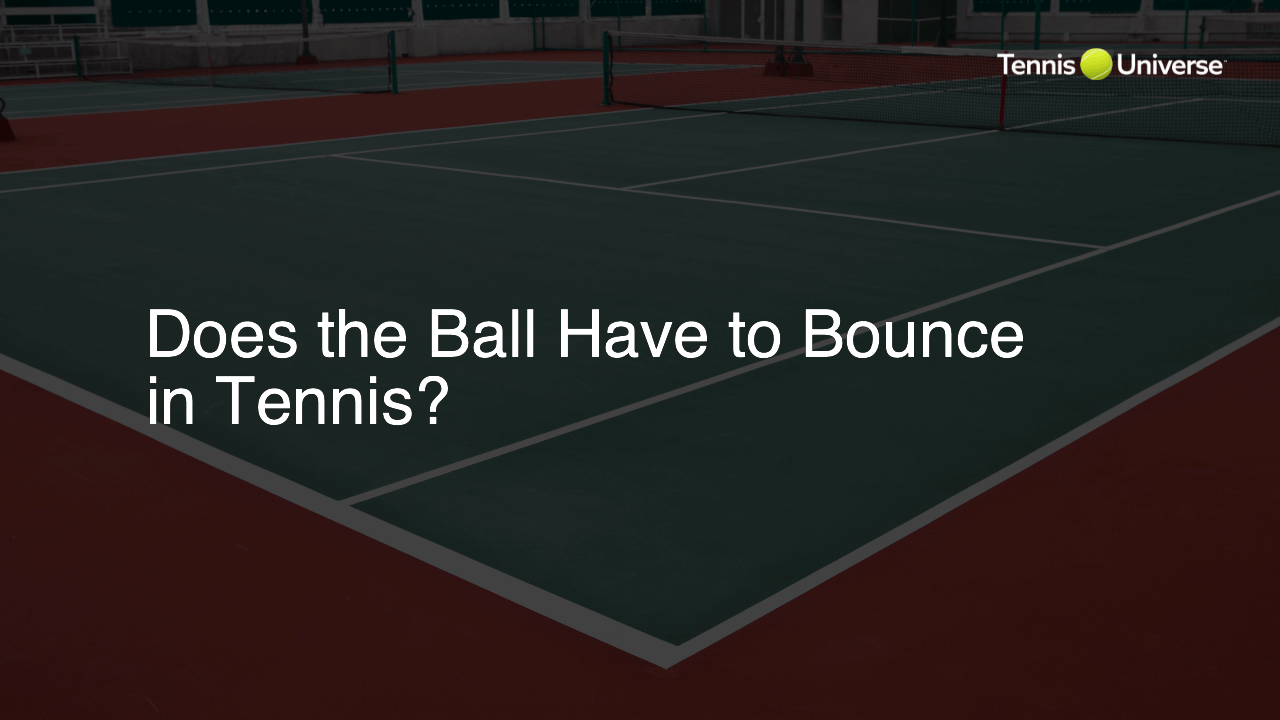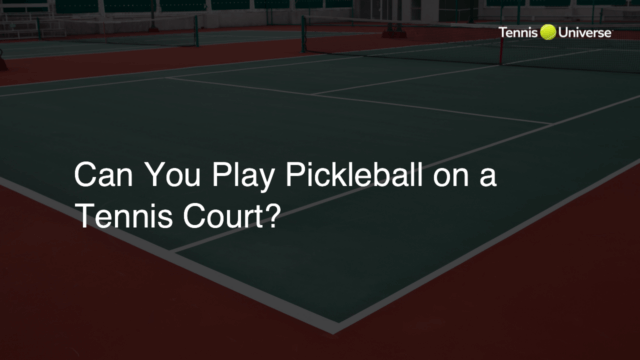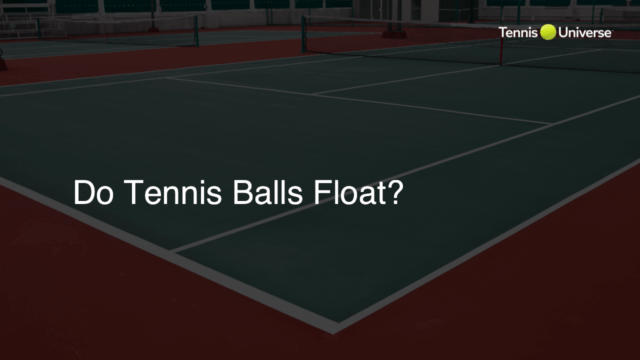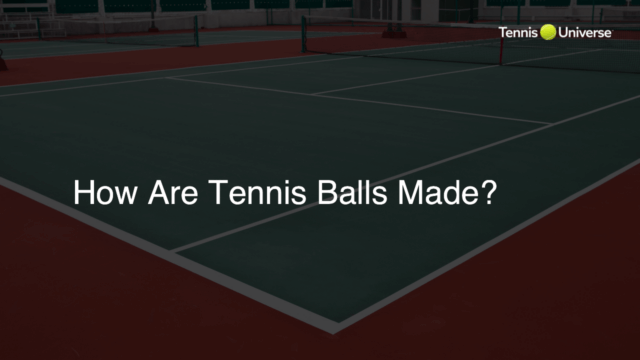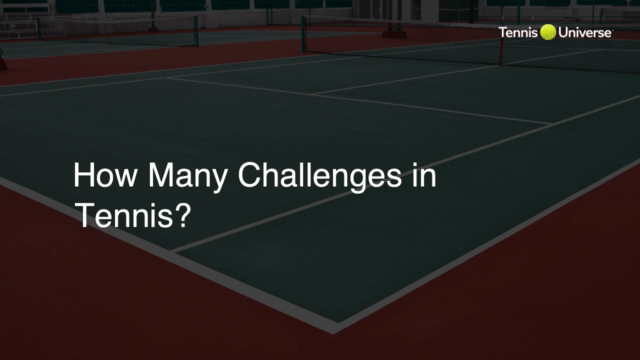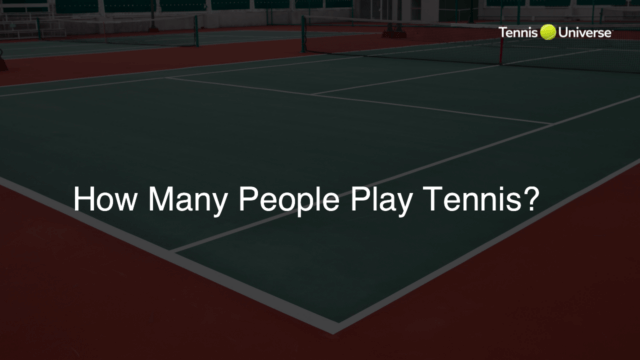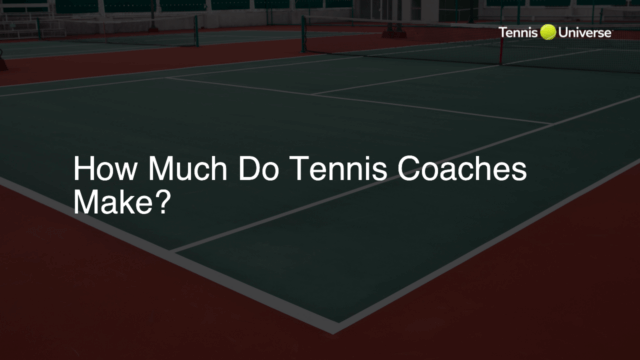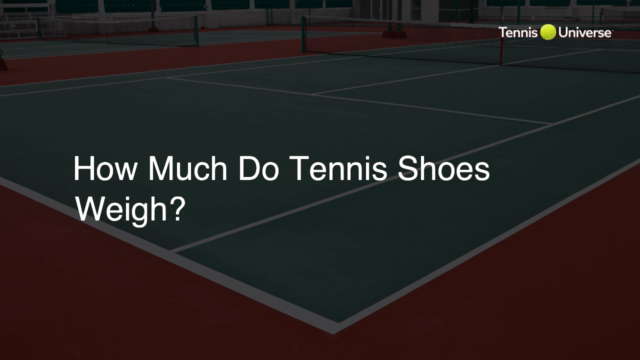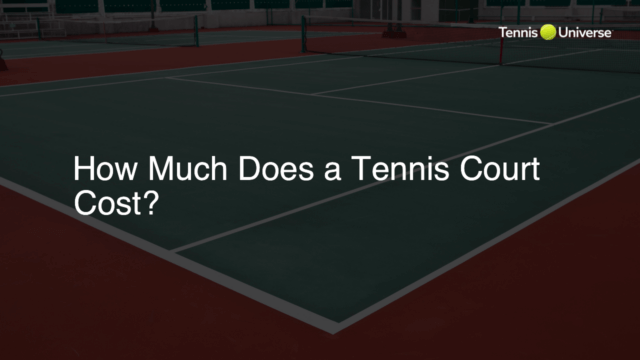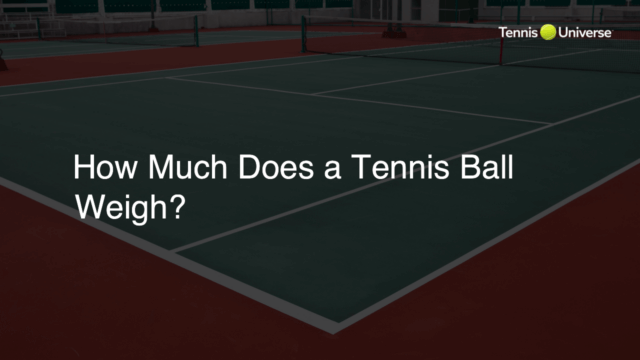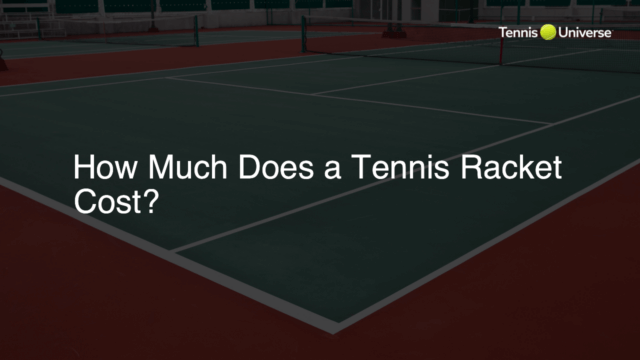In tennis, the ball must bounce once within the boundaries of the court before being hit by the receiving player during a serve. For all other shot exchanges in a rally, the ball can be hit either before or after the bounce. However, the ball must not bounce twice before being hit, or the point is lost.
Understanding Ball Bounces in Tennis
In tennis, the ball plays a fundamental role in the game and its behavior can deeply impact the course of a match. The way a ball bounces contributes to the tactics and techniques used by players on the court. Understanding when the ball must bounce is crucial for both beginners and more advanced players.
Ball Bounce During a Serve
During a serve, the ball must bounce once on the receiving player’s side of the court within the boundaries of the service box. This bounce is essential, and if the ball fails to bounce within the appropriate limits or hits the net in the process, it is deemed a fault. A player is allowed two serves to successfully start a point before losing it.
Ball Bounce in Rallies
After the serve, players engage in a rally by exchanging shots back and forth. The ball can be returned either before it bounces (a volley), after bouncing once, or half-volleyed when it is hit almost immediately after it touches the ground. However, if the ball bounces twice before being hit, the player who allowed the double bounce loses the point.
Variety in Tennis Shots
The use of a tennis racket enables players to perform a multitude of shots, guided by both strategy and the position of the ball. Players can hit groundstrokes, volleys, half-volleys, lobs, and drop shots, all while considering the bounce of the ball and the opponent’s positioning on the court. Utilizing the appropriate shot in each moment is part of the excitement and strategy in tennis.
Adapting to Different Court Surfaces
One aspect of tennis that significantly influences the bounce of the ball is the type of court surface. The three primary surfaces are grass, clay, and hard courts, each with its own unique characteristics and impacts on the gameplay. Players must adapt their strategy to the specific court surface to anticipate and handle the bounce of the ball effectively.
Grass Courts
Grass courts, commonly seen at Wimbledon, tend to produce lower ball bounces. The ball’s speed is usually faster on grass, making it harder for players to react. Players who excel on this type of court often have strong serves and aggressive net play. Good footwork is especially important on grass to quickly reach the ball before it bounces irregularly or too low.
Clay Courts
Clay courts, like those at the French Open, create higher and slower ball bounces. This surface provides more time for players to prepare their shots, leading to longer rallies and more intense baseline play. Tennis tips for playing on clay courts include hitting shots with topspin to take advantage of the high bounce and sliding into shots for smoother movement.
Hard Courts
Hard courts, such as those at the US Open and Australian Open, provide a more consistent bounce compared to grass and clay courts. This surface is considered the most balanced as it allows a varied playstyle, rewarding both aggressive and defensive strategies. Players should focus on moving efficiently and seizing opportunities to dictate the pace and control the rally.
Common Tennis Bounce Misconceptions
Many beginners might mistakenly believe that they must let the ball bounce before returning it during a rally. However, as mentioned earlier, players can choose to hit the ball before or after a bounce in a rally, making volleys an essential element of the game. Knowing when to volley can be a game-changer and offer key opportunities to win points by catching opponents off guard.
FAQ Section: Ball Bounce in Tennis
Here are some frequently asked questions regarding ball bounce in tennis that can provide you with quick and concise answers to improve your understanding of the game and its rules.
Can you hit the ball before it bounces in tennis?
Yes, during a rally, you can hit the ball before it bounces. This is called a volley and is an essential aspect of tennis gameplay. However, during a serve, the ball must bounce once within the designated service box before the receiving player can hit it.
What happens when the ball bounces twice in tennis?
If the ball bounces twice before a player manages to hit it, the point is lost by the player who allowed the double bounce. It is crucial for players to react quickly and strike the ball before it bounces twice to avoid losing the point.
How does the court surface affect the bounce of the ball?
The type of court surface plays a significant role in the bounce and speed of the ball. Grass courts usually result in lower and faster bounces, clay courts produce higher and slower bounces, and hard courts provide a balanced and consistent bounce that caters to various playing styles.
Do the rules change for doubles regarding ball bounce?
No, the rules on ball bounce remain the same for doubles matches in tennis. The ball must bounce once during a serve and can be hit either before or after a bounce during a rally. Double bounce is not allowed, and it results in a lost point.
Can you provide tennis tips to adapt to different court surfaces?
On grass courts, focus on strong serves and aggressive net play. On clay courts, utilize topspin to take advantage of the high bounce and practice sliding into shots. For hard courts, prioritize efficient movement and dictating the pace of the rally by switching between offensive and defensive strategies.

